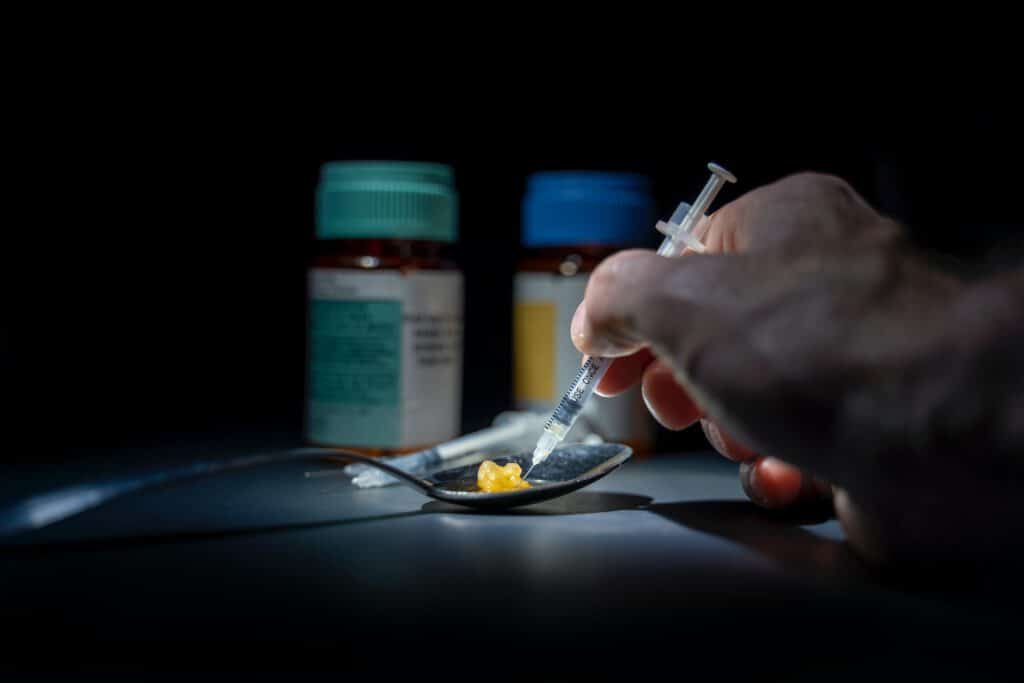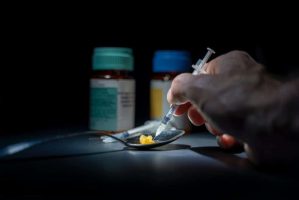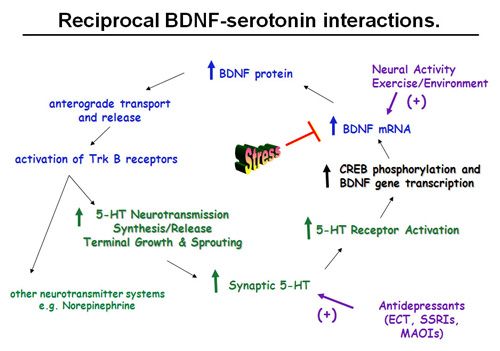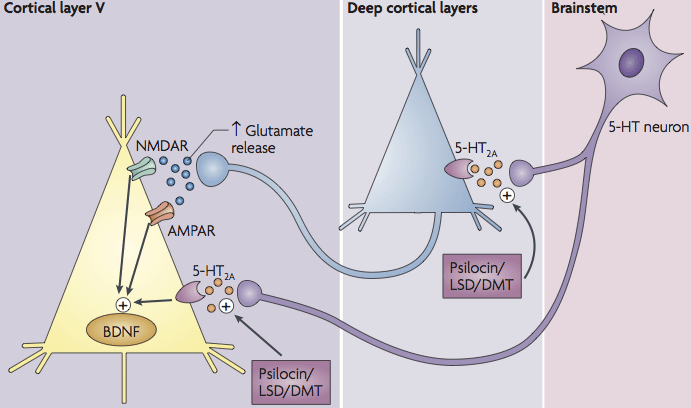Addiction from a biochemical point of view
Addictions are often seen as a kind of moral negligence or weakness on the part of the addicted. This societal view of addictions is unjustified and does not contribute to the solution for the addict. Addictions are never caused by a defective mind, but by the biochemical state of the brain. Just like getting a tumor, becoming addicted to a substance is probably both something that happens to someone because of how nature works. How our brain works dictates what we think and what we do. Let's discuss addictions. It's not a shame, but we can do something about it together.

Addicted to narcotic drugs aka downers?
GHB, Alcohol and cannabis are substances that fall under the narcotic category of drugs. These downers are often used to relax and can have an addictive effect for restless people. Stimulating GABA receptors creates a calming effect that releases dopamine. Dopamine is, among other things, a reward neurotransmitter, which makes it even more addictive, especially for people who already have low dopamine levels. Especially for these people, the combination of GABA and DHEA can significantly increase the chance of successfully kicking the habit of these addictive substances. Various studies (here and here) suggest that the activation of GABA receptors and the increased DHEA concentration statically gives better chances of quitting addictive substances.
And the addictive uppers?
Uppers are stimulants such as caffeine, nicotine, cocaine, amphetamines and MDMA. A similar process also plays a role in the uppers. Instead of GABA playing a big role, dopamine now plays a bigger role. Almost everything with an addictive effect uses how our dopamine receptors work and influence stimulus conduction in the brain. Addictions such as gambling, porn and social media and food (sugars) also use this system. The more sensitive someone is to dopamine (for example, overstimulation, ADD/ADHD, low concentrations of dopamine or loneliness), the more grip an addiction can have. When treating addictive uppers, the combination of DHEA and tyrosine can help, but also GABA. Tyrosine is a building block of dopamine, among other things.
Epigenetics also plays a role
A relatively new area for science is the role of genetics and epigenetics in addictions. Some individuals are already more susceptible to addictions because of their inherited genes. Certain types of drugs can turn genes on and off and this is called epigenetics. This process can create a new balance in signaling substances that can make an addiction worse. The following video is for those who find epigenetics interesting and have some understanding of biochemistry terms.
How to stop the addiction?
We previously wrote that the substances DHEA, GABA and tyrosine can help curb the craving for dopamine (addiction). This increases the chance of successfully quitting the addiction with 38% according to the aforementioned DHEA research. GABA has an additional positive effect in tackling addiction in downers and tyrosine in uppers.
Psychedelics are known to significantly increase the chance of success. In addition to the change in the balance of neurotransmitters, which can be very effective against addiction, it may also turn certain genes on or off, making the addiction even easier to treat. The serotonergic effect of psychedelics is known to be via the 5HT receptors and thus also BDNF receptors to influence epigenetics.
Our approach to addictions
In trip therapy we use several methods at the same time. Firstly, after starting a process, we advise which foods and supplements can help you restore neurochemistry. The suggested supplements can therefore be the aforementioned ones or a combination that suits the individual better. These recommendations are made based on the intake and the neurotransmitter test. For addictions, we often recommend doing a dopamine detox for a few days before doing a psychedelic session. About two weeks after the start of a program, use a psychedelic session to bring the brain even more into balance. Sometimes it is the insights that help you quit for good. It could also be the physical changes in the brain that occur after such a session.
Knowing more?
Use the links below to learn more about how the different elements of addiction treatment work together for best results.
Dopamine | Dopamine detox | GABA | Serotonin | Psilocybin against addictions


